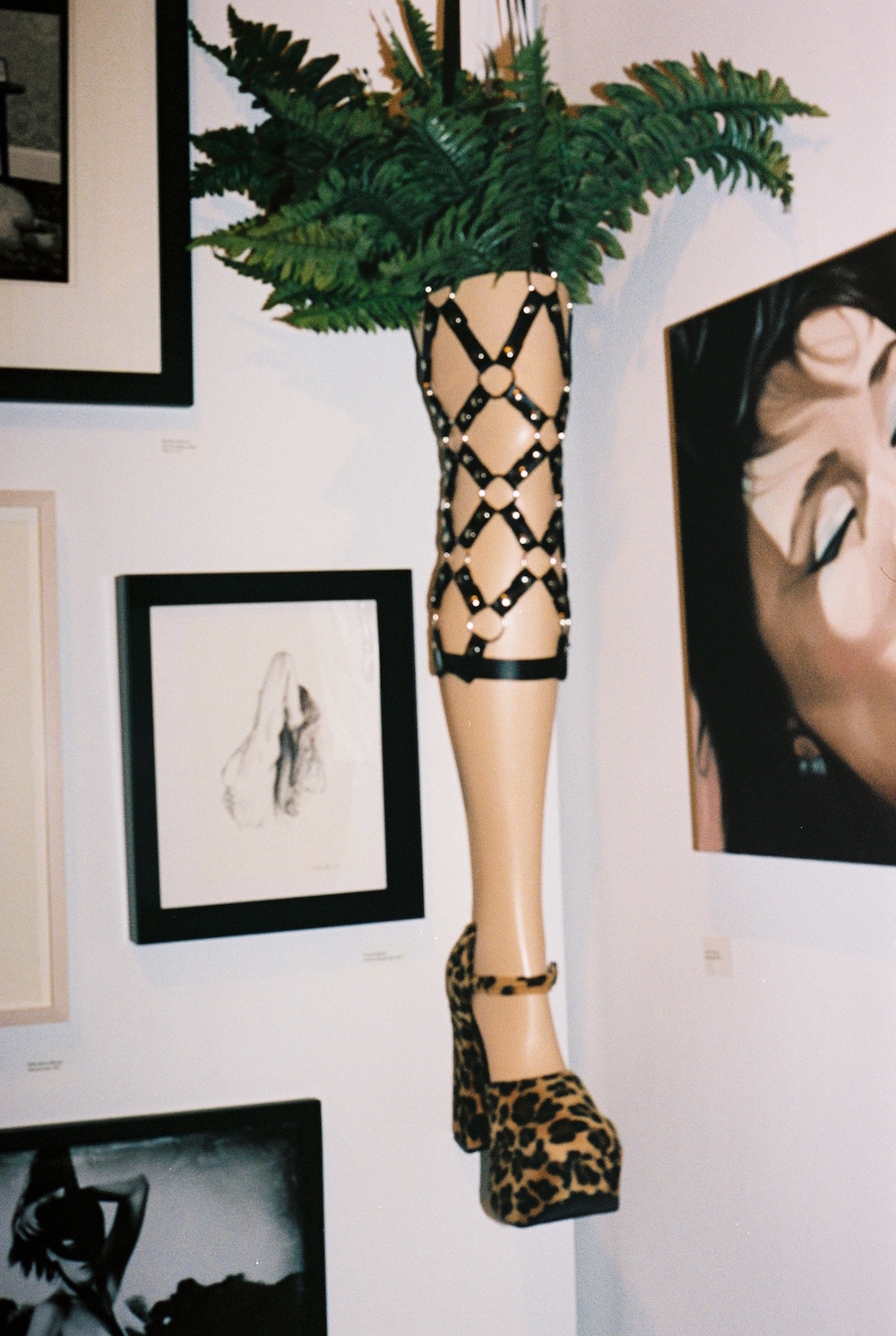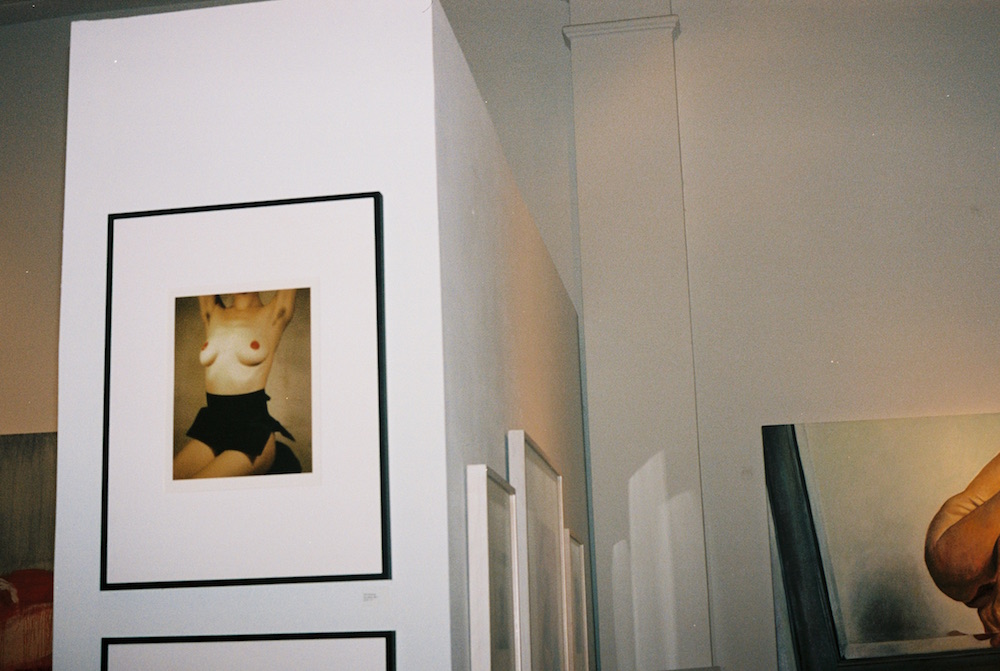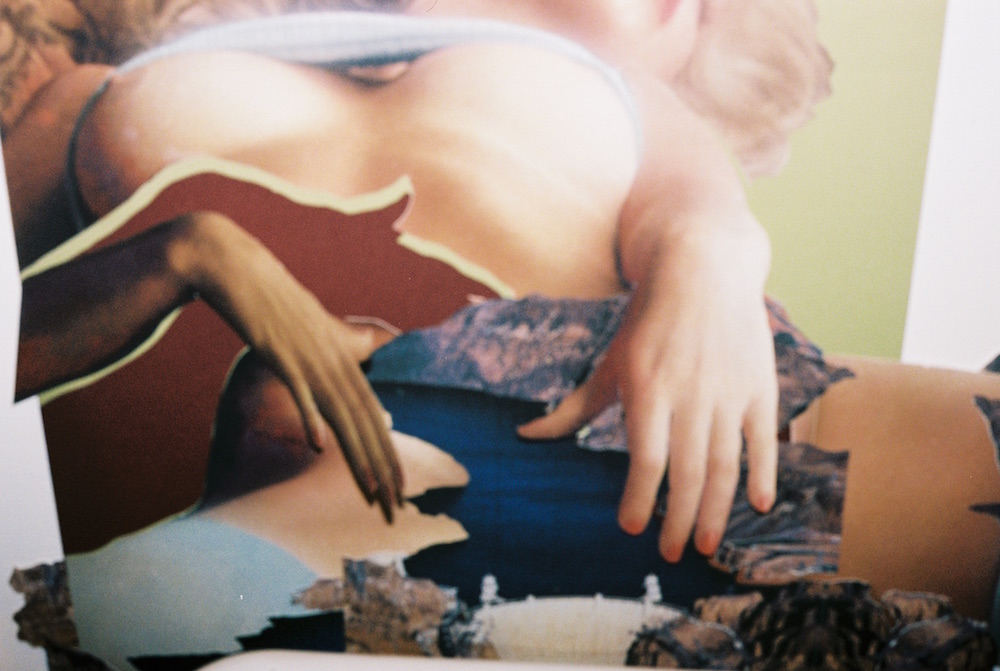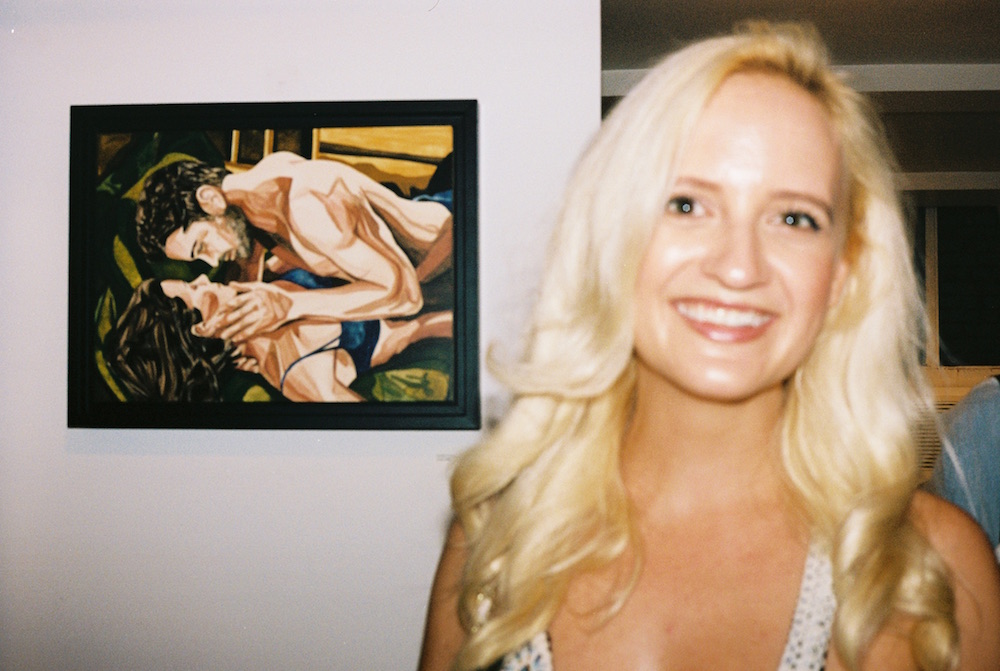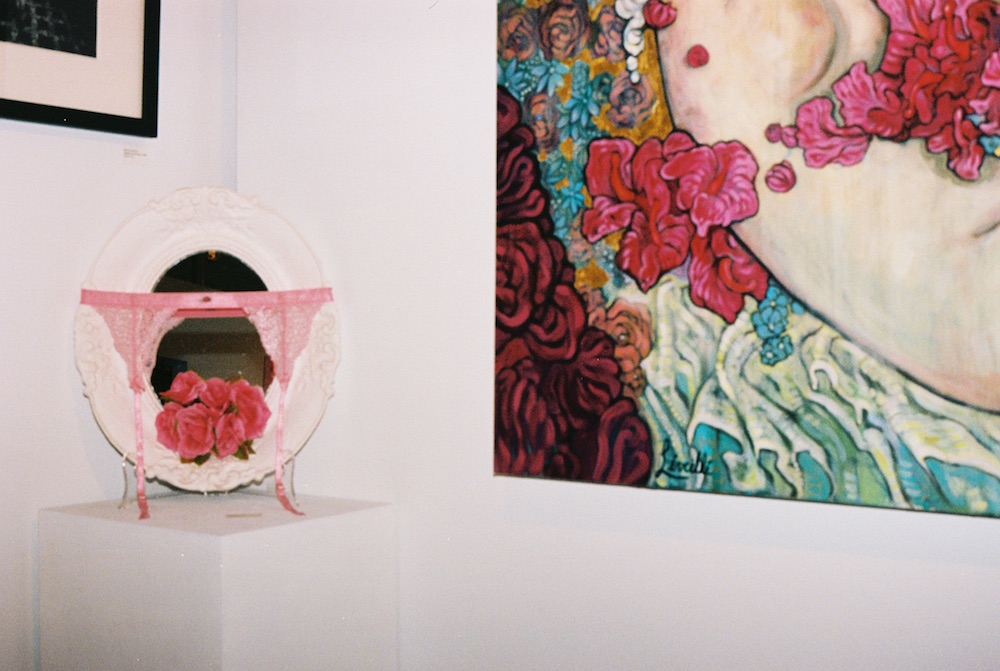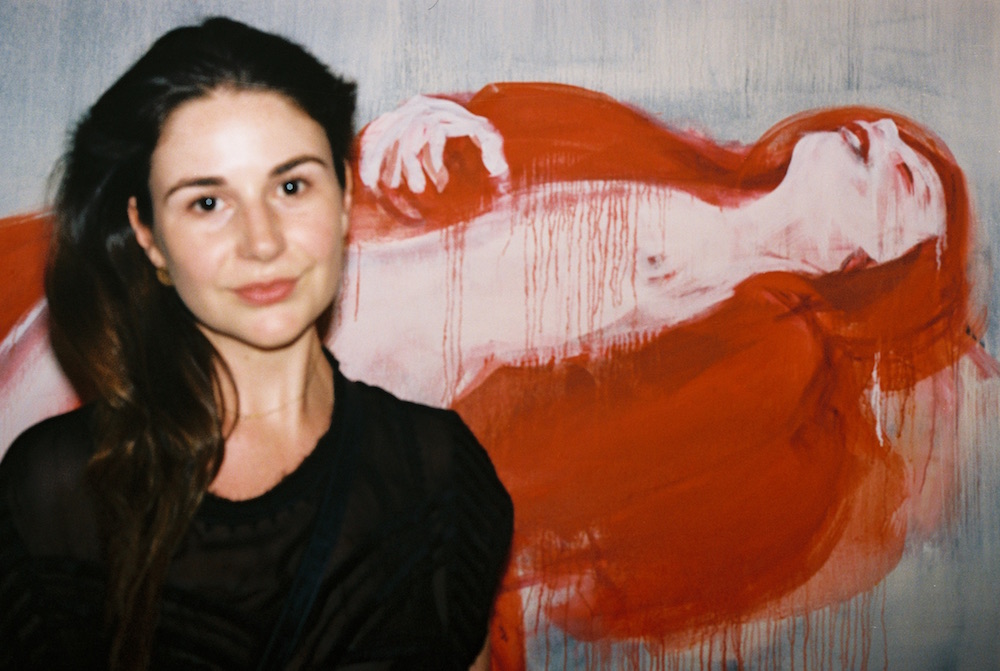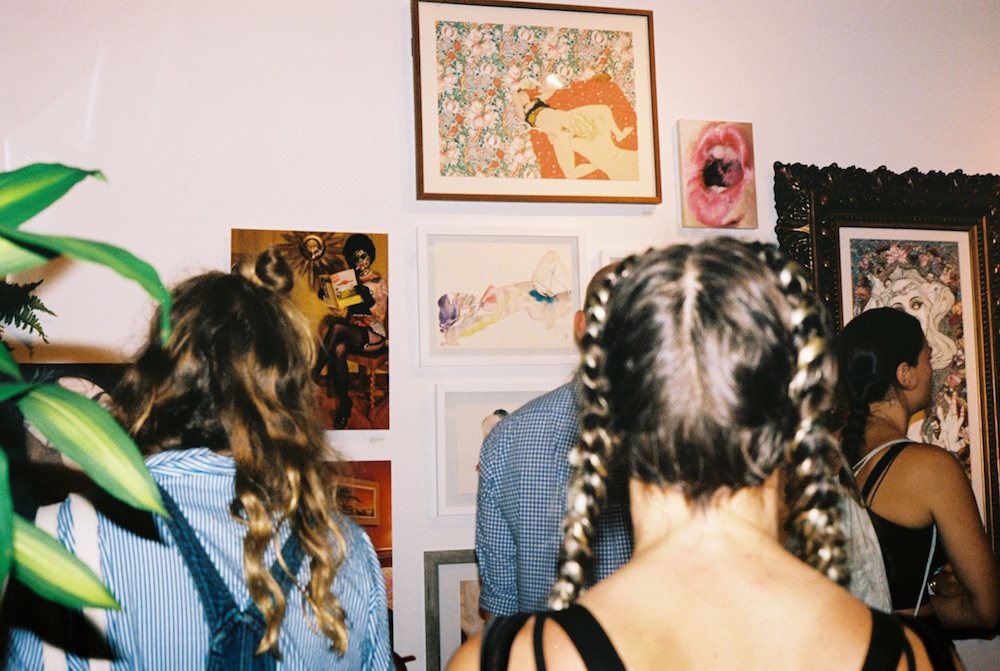HBA MIA
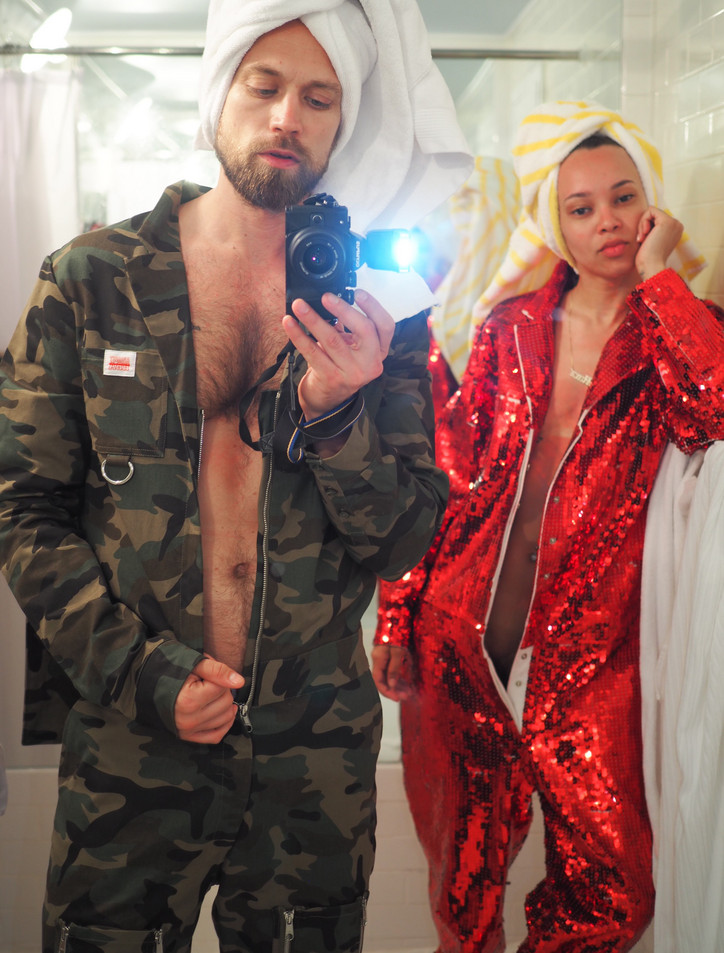
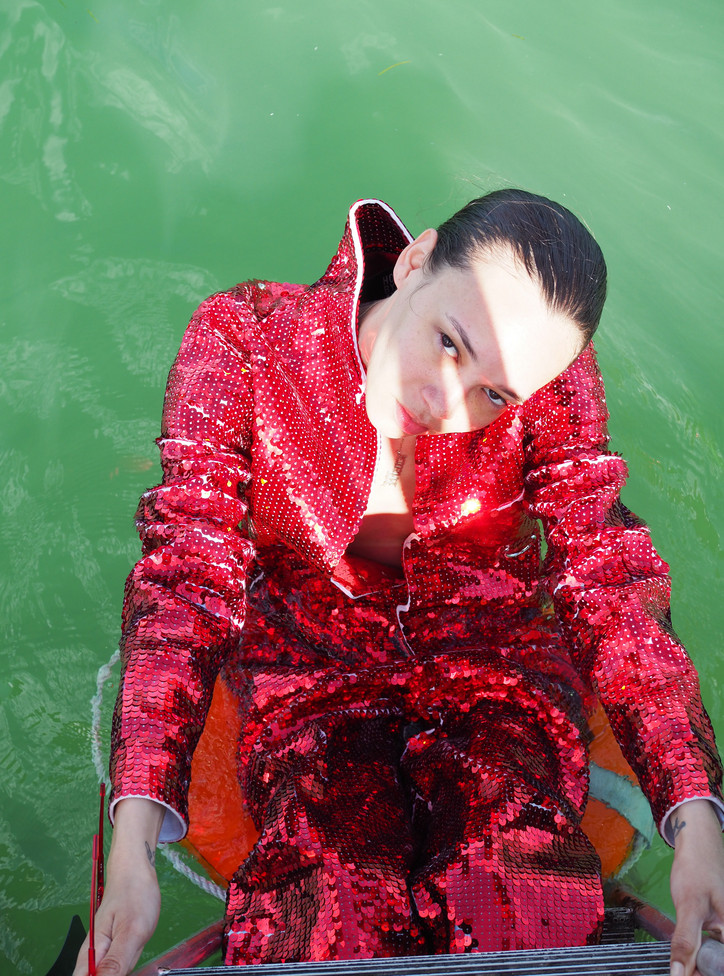

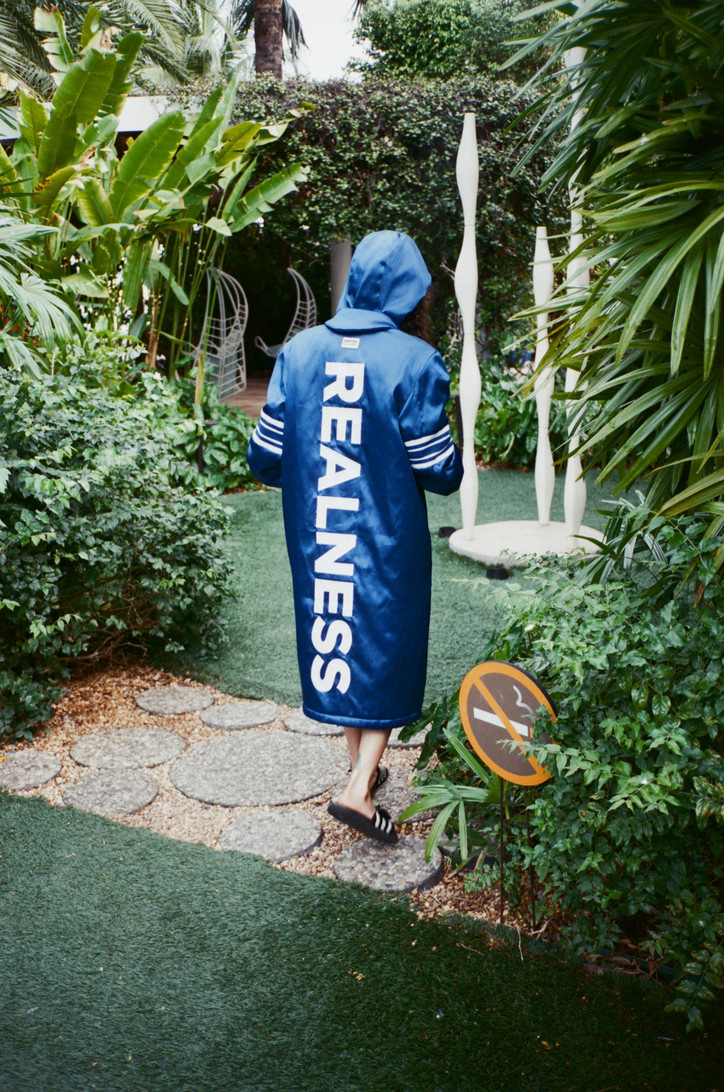
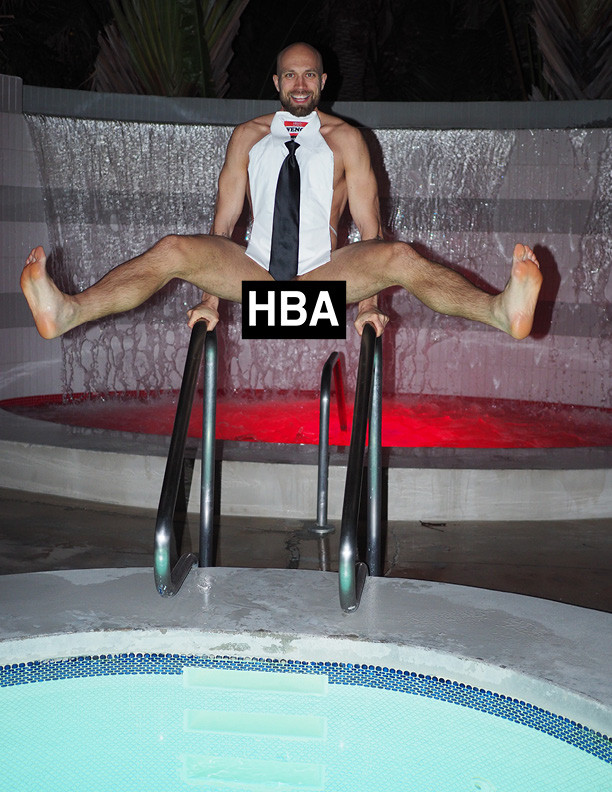
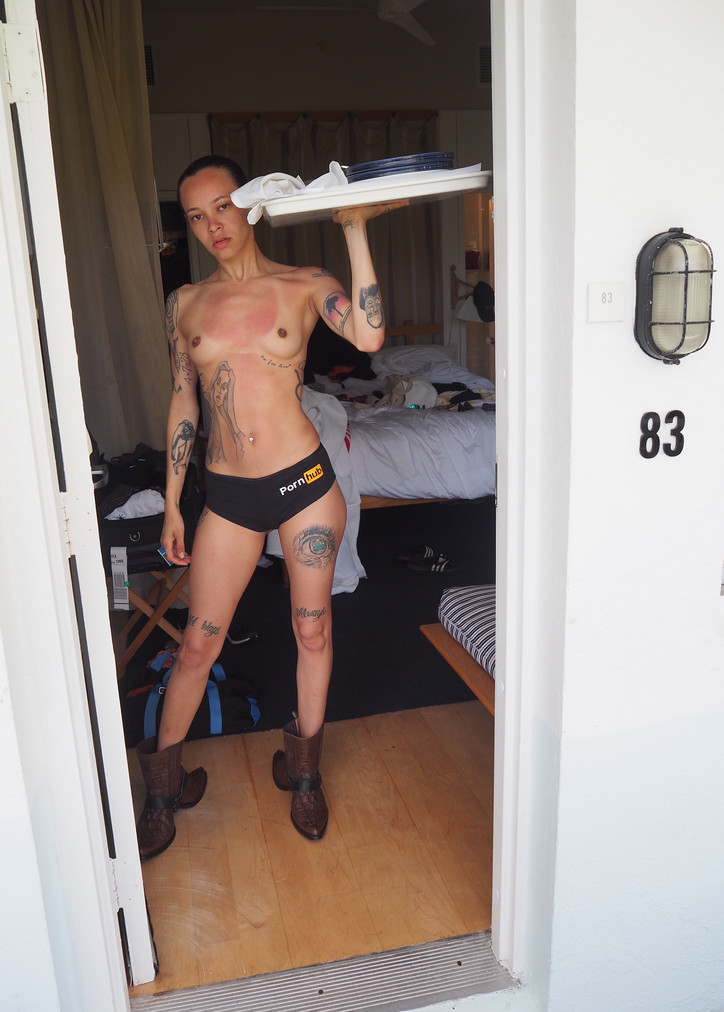
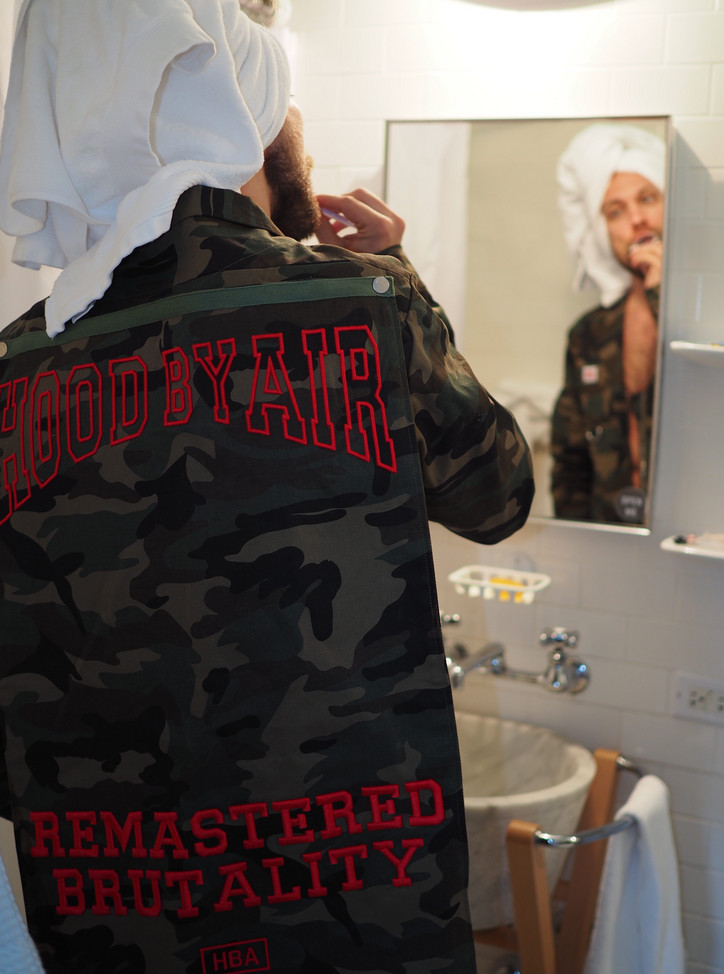
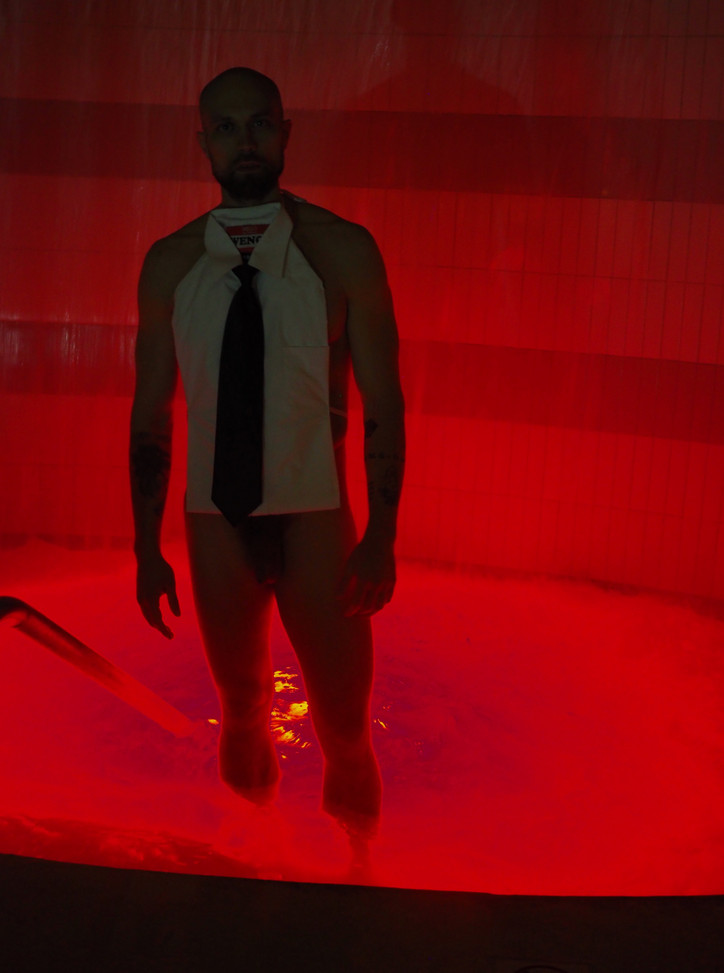
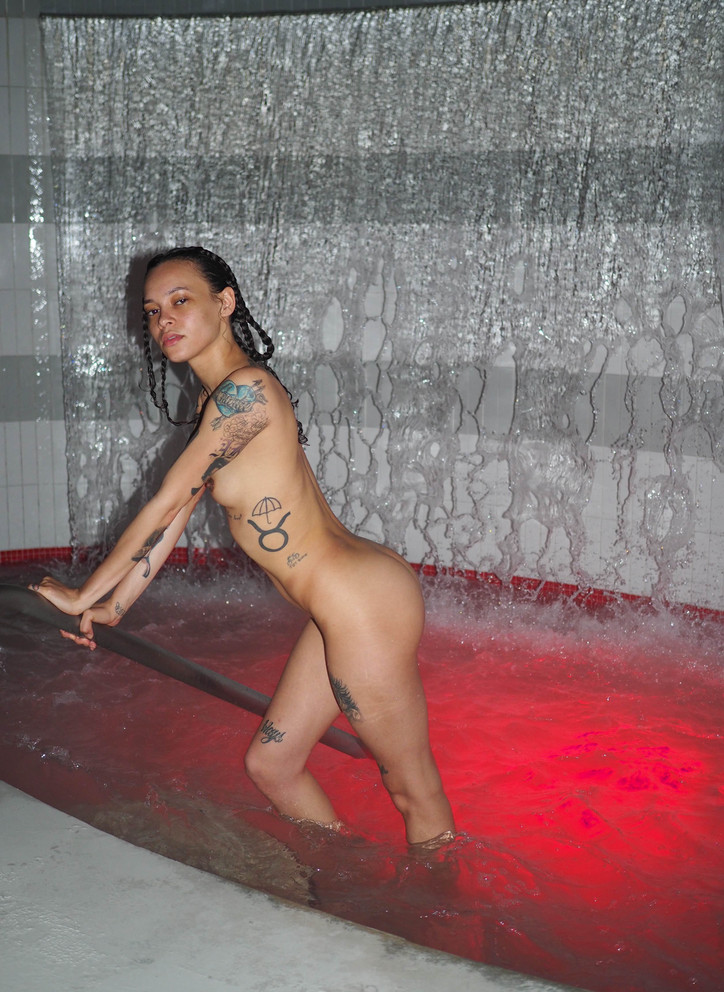
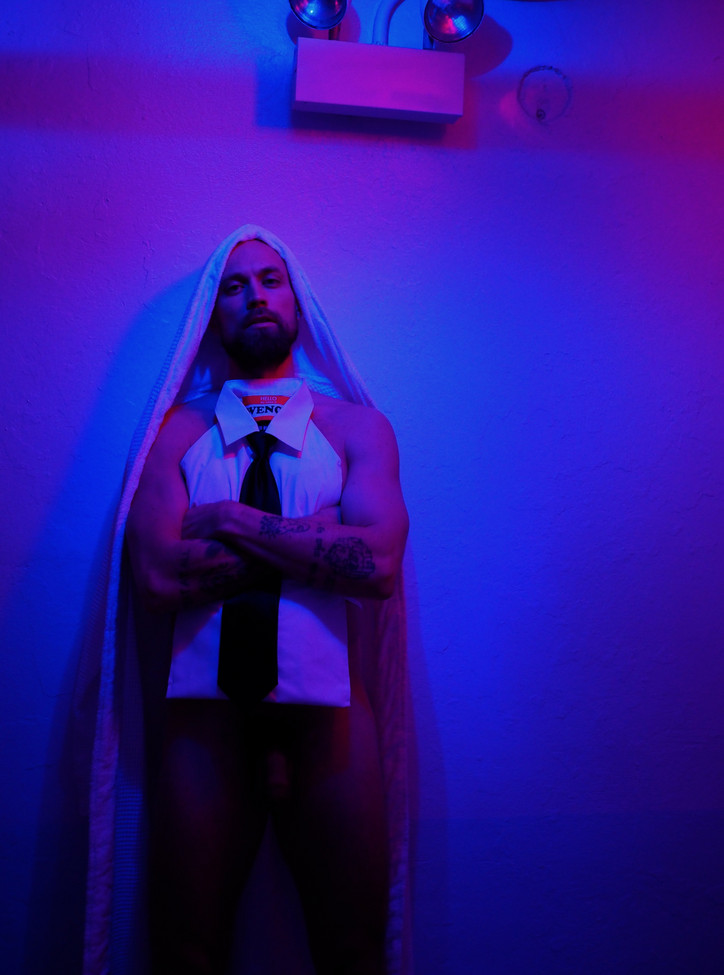
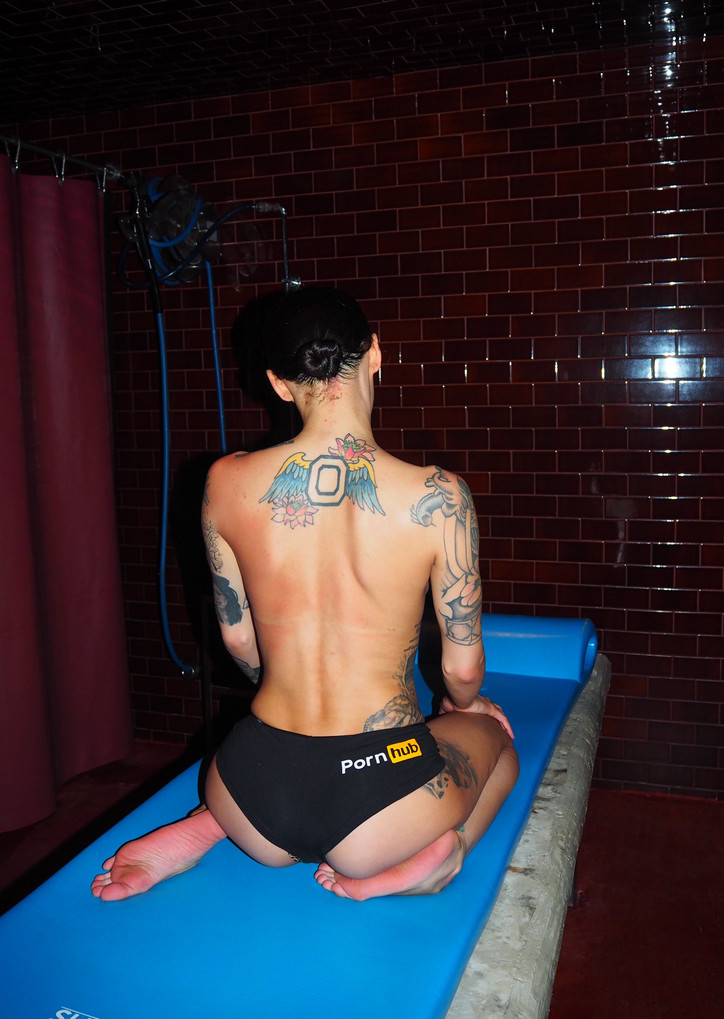
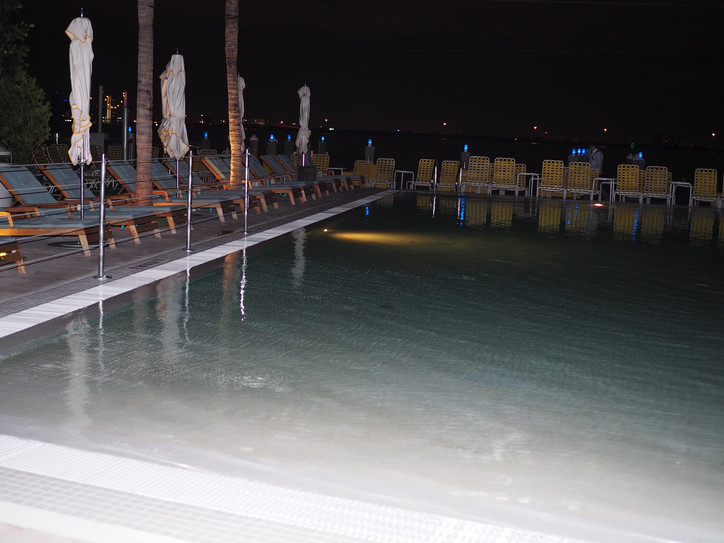
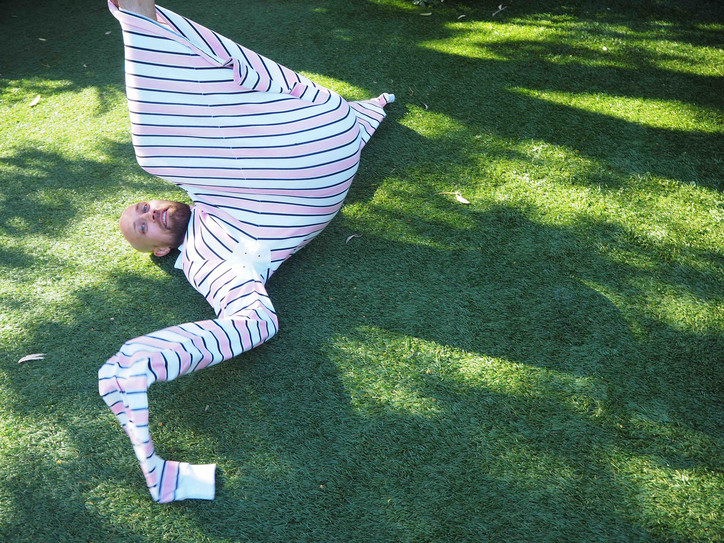
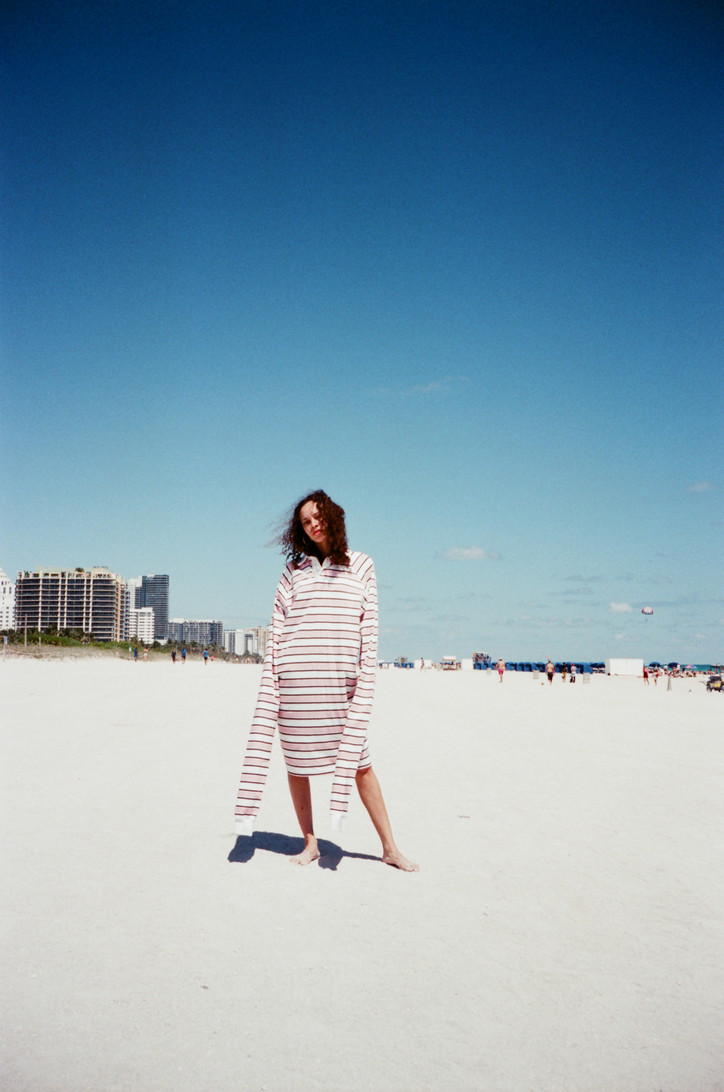
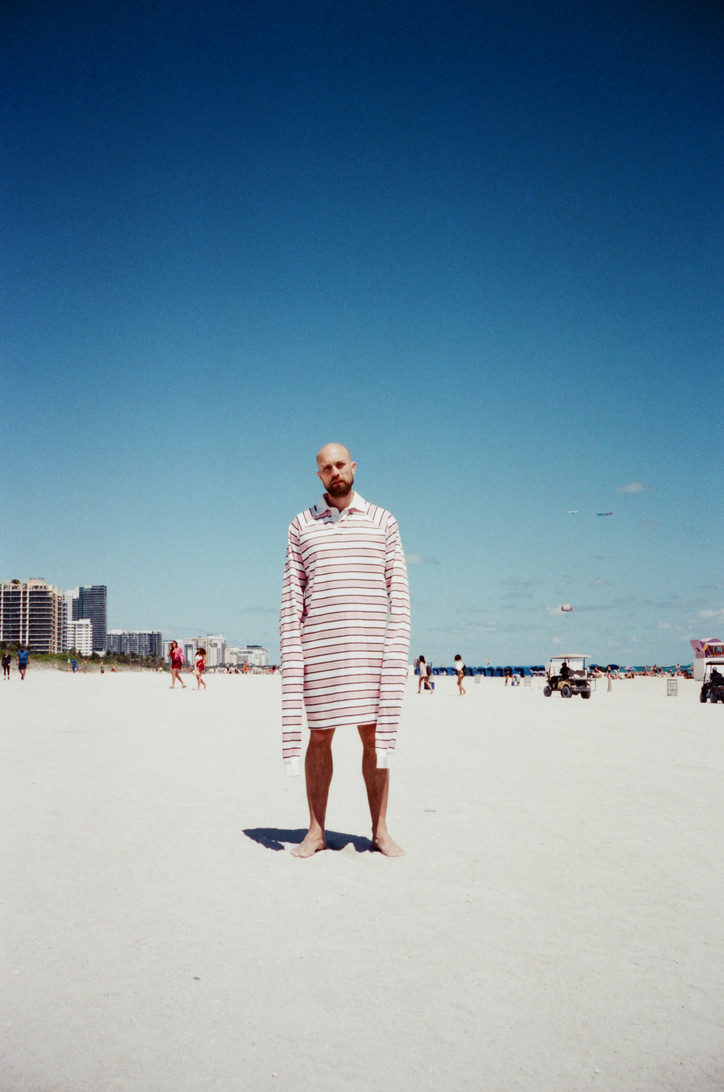
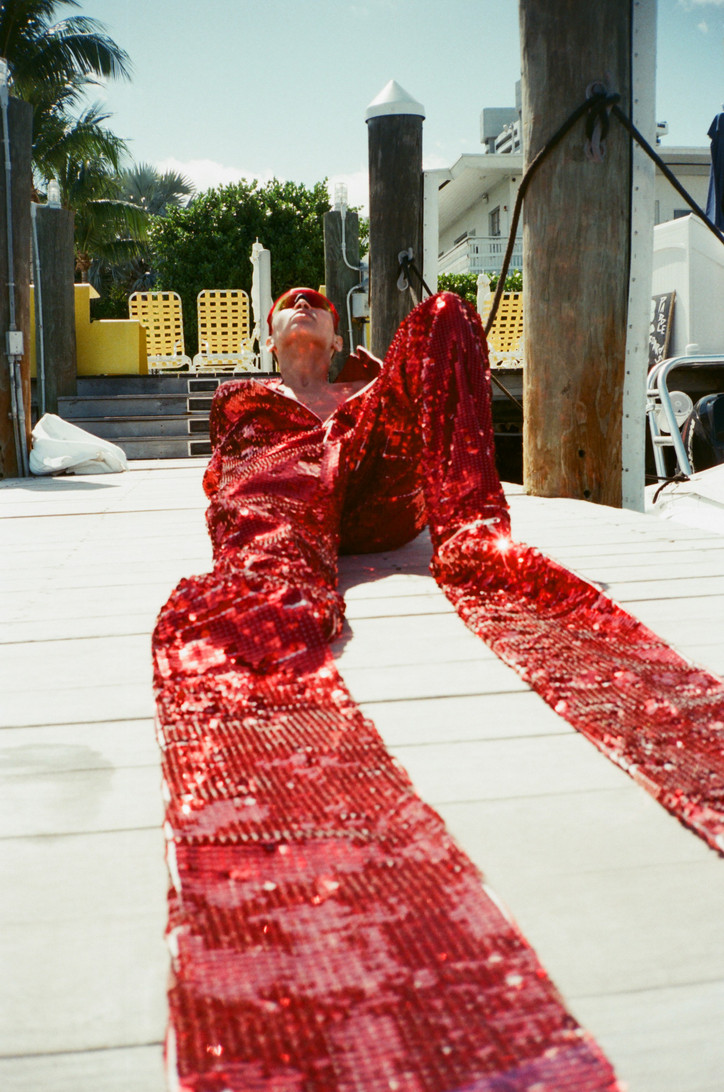
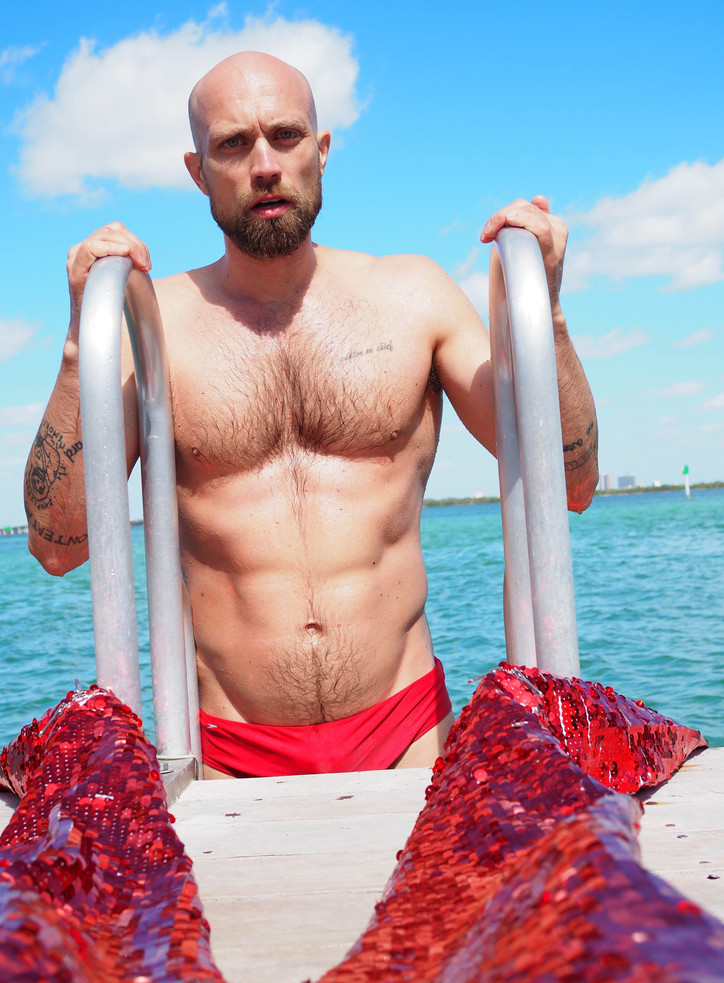
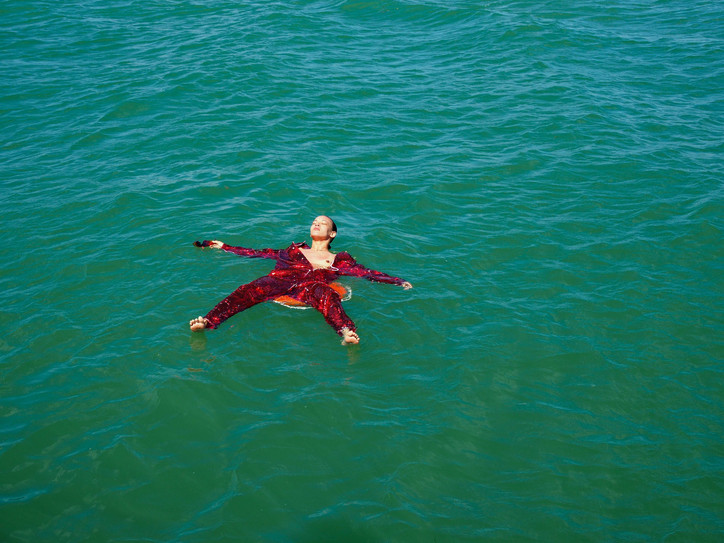
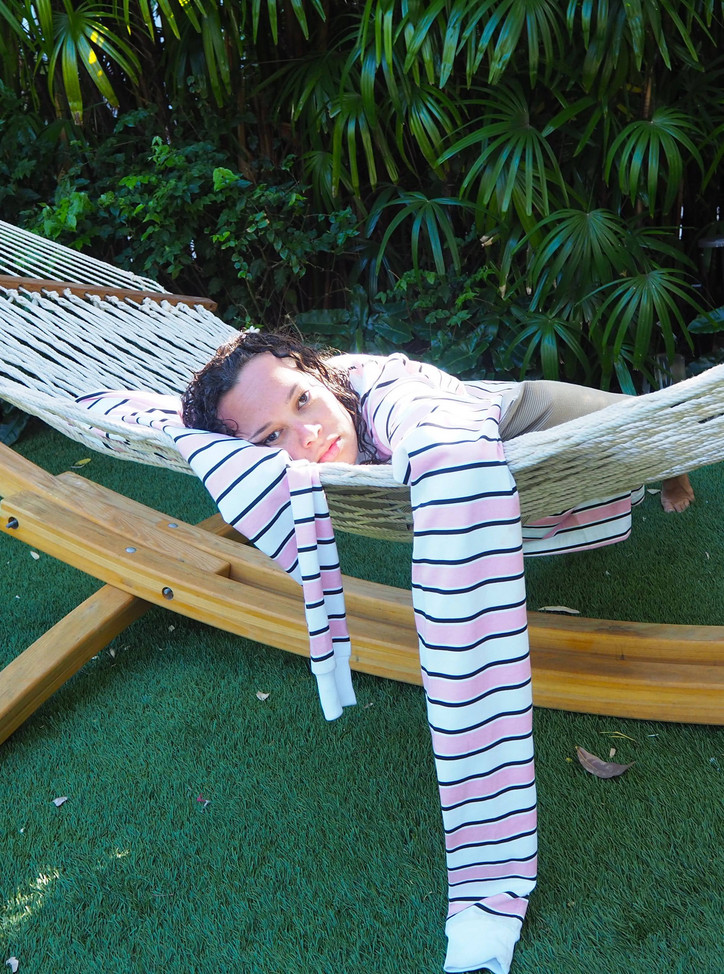
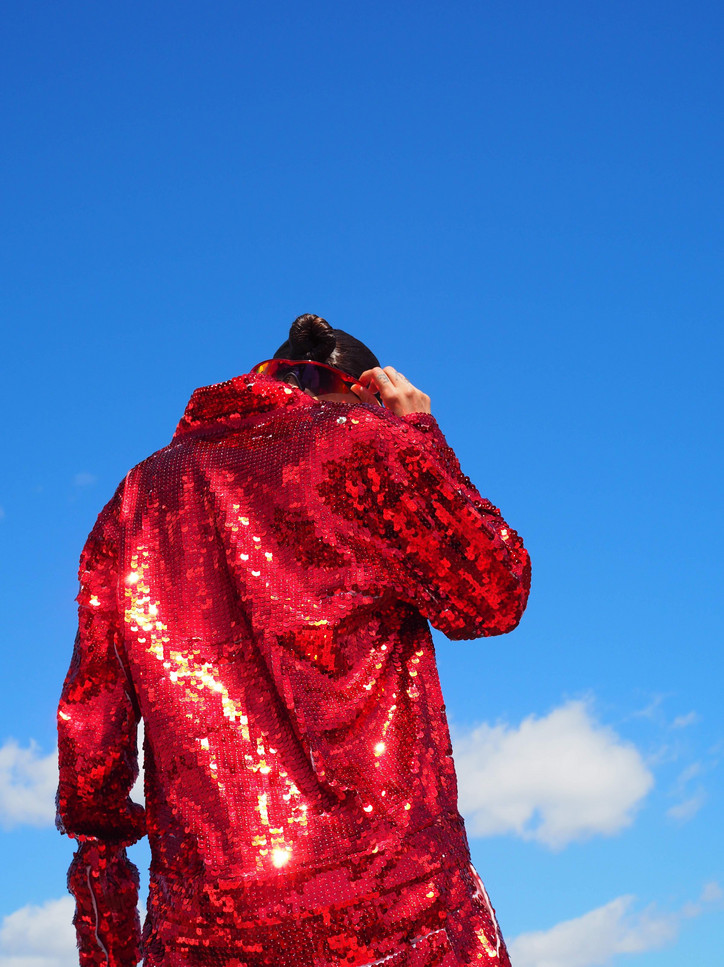
Stay informed on our latest news!




















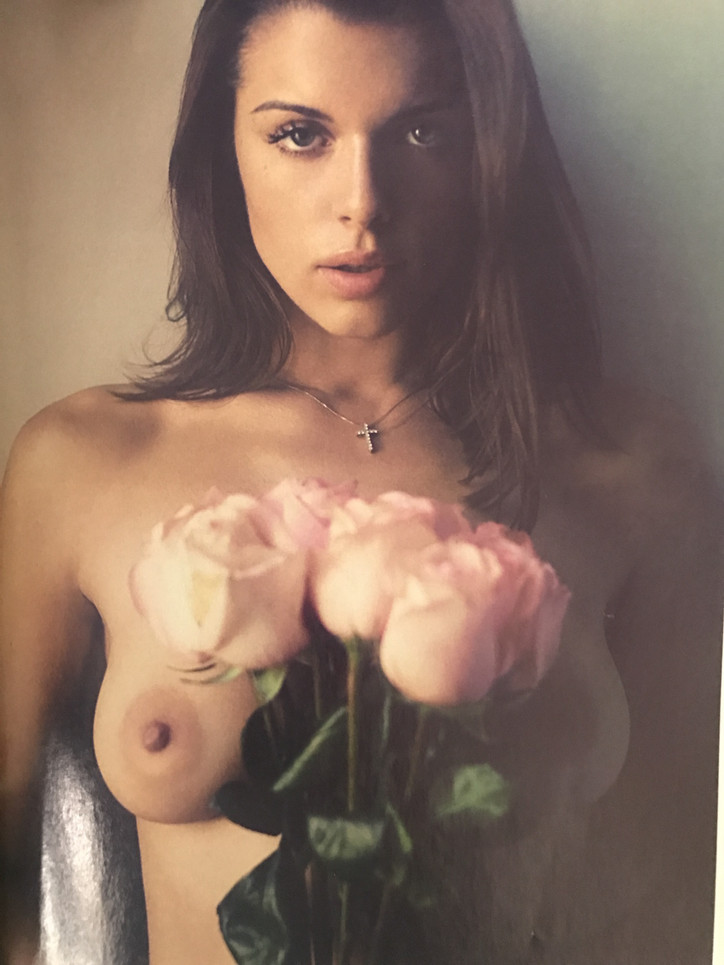
“So these photos are about sex,” she gestures to her dual photographs, one of a woman in the act of sex, her back tattooed with large clef notes, and one in the aftermath, lying on the other side of the bed, curled away from her partner.
“It’s about the expectation before you have it. So the first picture is out of focus, it’s a burst of color and then the second photo…” she thinks for a moment.
“You know those memes? Where the girlfriend is needy and doesn’t want the boyfriend to leave? Well, I always want the person to leave.”
The room erupts. Someone yells “I love your honesty!” and the laughter continues.
The woman in the photographs is Fox. She is the first to admit how comfortable she is naked, particularly in front of a camera. Circa December 2015, Fox was approached about posing for Playboy’s "last" nude issue. One of the photos from the shoot, that occasionally makes an appearance on Playboy’s Instagram account, extenuates Fox’s dark hair offset by her bright blue eyes. None of her tattoos are visible nor does she resemble the woman self-documented on her Instagram account which has been deleted by censoring trolls, four times.
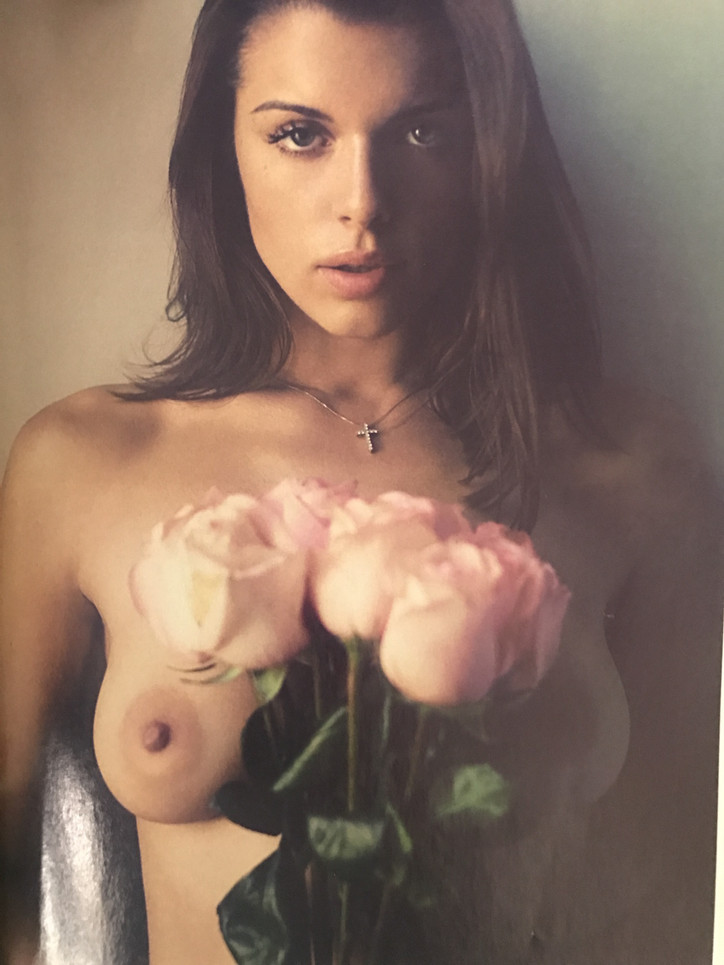
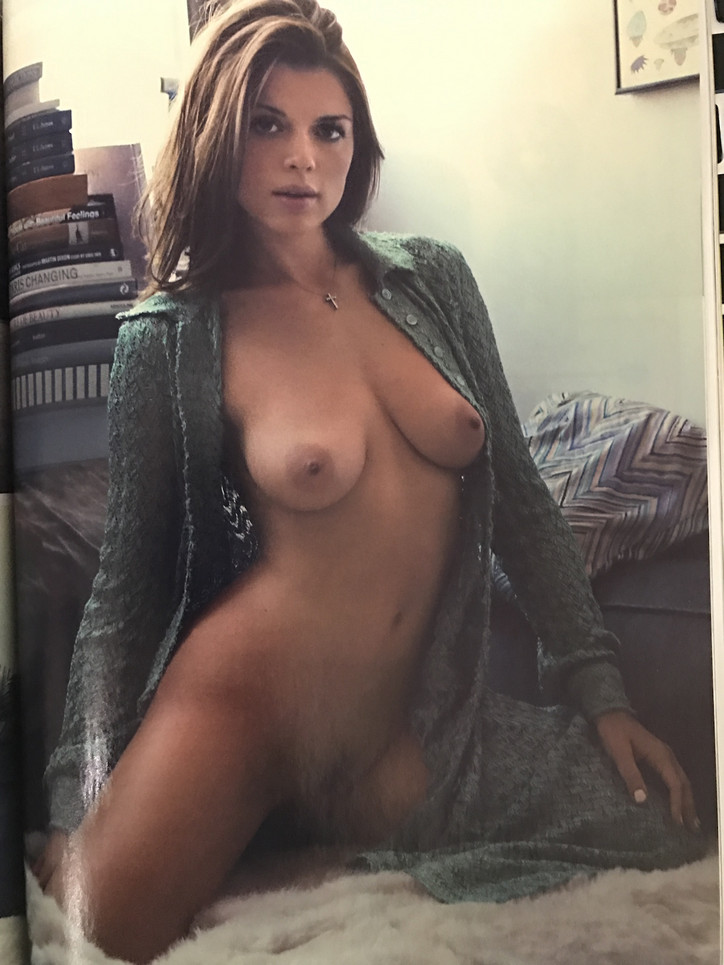
Fox didn’t always like to be photographed. She was raised in Yorkville in the 90’s, a neighborhood on the Upper East Side that has since been gentrified. The iconic film, “Kids” portrays growing up Yorkville during that decade.
“When I was growing up it was a shit hole, no man’s land,” Fox reflects. “Everyone was bad, all the kids were bad, I guess I was bad too. One thing I used to do is get drugs from the projects and then sell it at a much higher price to the rich kids. I hated being photographed because I didn't think I was pretty nor did I care about fashion.”
By the time she was in high school, Fox no longer lived in Yorkville, but with her best friend, Briana and Briana’s mother, on the Lower East Side. Here, the opportunities were endless. At 18, Fox became a dominatrix to support herself. She briefly pursued a college degree before dropping out to start a fashion line with Briana called Franziska Fox. In her prime, Fox was introduced to a Playboy photographer who thought she would be perfect for what would become a heritage issue.
“I wanted to get in there because it’s an instant classic. We even did the shoot at my house because they wanted to make it more personal. The piece referred to me as ‘model, fashion designer, powerhouse.’ I was like, really?!”
But in May 2016, riding out her December Playboy fame, Fox was publically, physically assaulted by her ex-boyfriend. In response, she packed up and left Manhattan.
For six months, Fox orbited rural Louisiana. She was drawn to New Orleans’ Ninth Ward, where she hung out in trap houses similar to those she frequented growing up in Yorkville. She turned the camera away from herself during those months and instead, took explicit photographs which inspired her first art show, “PTSD” about the harsh realities of the Deep South.
Since that experience, Fox has identified with and practiced art as a photographer. Her recent solo show, “RIP Julia Fox”, was inspired by her near death experience at seventeen when she overdosed. Friends and strangers flocked to the gallery to celebrate the life and death of Fox who stood by, in bright purple lipstick.
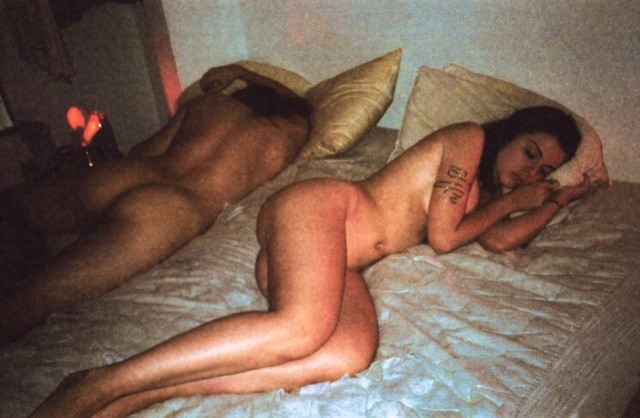
Matt Sukkar, has been photographing Julia for a long time.
“I met Julia several years ago. A friend of mine pulled up to my house in Julia’s red Mercedes Benz convertible. She drove like a maniac. I didn’t see her again for a year until she came to a party I was throwing in LA. I took a photograph of her and our artistic relationship was born. We took a couple road trips after that to Tijuana and through the South, and I’d be able to shoot her with anyone we found because she can become fast friends with anyone. I think this ability to connect with people is because she has a lot of emotion in her. She is unapologetic about her life experience and I think that naturally allows for great portrait photography.”
In the photographs Fox contributed to the “SECRET GARDEN” show, you can’t see her eyes. During sex, she is turned away from the camera and post, her eyes are closed in restful repose or maybe, as an act of self-protection.
It is unclear if Fox sees her body as precious and sacred or rather as a precious vessel. It has served her as a dominatrix, commanded the pages of Playboy, garnered attention on Instagram, and been the focal point of her most recent art. She hates censorship and reveals her way of combatting it is by being more provocative.
At “RIP Julia Fox”, a few small collages hung behind the table at the gallery’s entrance. One, “Death As A Fetish” is comprised of women’s portraits, surrounding an image of a naked and dismembered woman’s body, that were all taken by a serial murderer-rapist who posed as a photographer to lure victims to their death. The portraits, ironically, serve as the “last photo taken of the victim alive”.
It is possible Fox sees herself in these women, even if it means breathing a sigh of relief for the amount of times she has gotten in front of a camera and come back stronger.
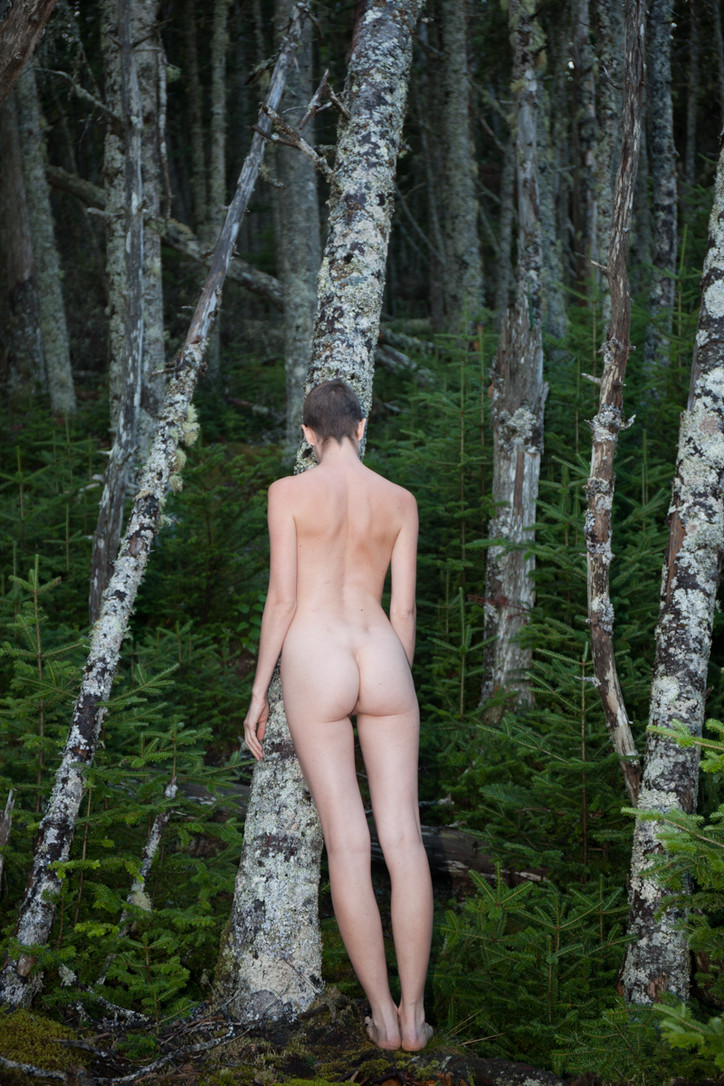
Your work revolves around the body, clearly… And it seems like you choose very unique and specific environments in which to present it. How much do you feel you using environment as subject with your body as a prop, versus the environment being merely a backdrop for you to display your body as the topic?
The connection between my body and the surrounding environment is very important to me… When I started to do photography, [coming to the US], it was mainly for the purpose of placing myself in the new environment, to justify to myself that I belong… That kind of anxiety of displacement faded into another direction over the years. I love NYC and it’s my second home now. I know that I belong. But I haven’t been able to visit my family and home country for more than five years and that sprouted new feelings and desires to return to my roots, to go back to the beginnings. I am from a small town, we have a farm, [and] running around in fields, woods, climbing rocks, trees, rolling around in dirt as I do in my latest self-portrait series – it is all very natural and playful reflection of who I am and where I come from.
Speaking of environments, how has coming to the US influenced your work? What made you make the move?
… I didn’t feel like Czech could offer me what I was looking for as a female artist at that time… I don’t like to get too comfortable with my life because than I get lazy and stagnant and I like to feel pressure to keep moving. Moving to US has changed my work approach completely, mainly in the sense of what media I use… When I moved to New York, I transitioned to photography after I saw Francesca Woodman’s show. That was a breaking point for me.
[Francesca Woodman] was considered to be notoriously utilizing self portraiture as a cathartic tool for identity-seeking. How much do you relate to this idea?… What about her got you so interested in the medium?
Woodman’s show at the Guggenheim was really important moment for me …and I felt a bit lost at that time, after once again moving [to] a new city and not knowing anybody, not knowing how, and if, I will adjust myself. Her search for identity hit very close to what I was going through, and I realized that photography was a perfect tool how to cope and explore all that.
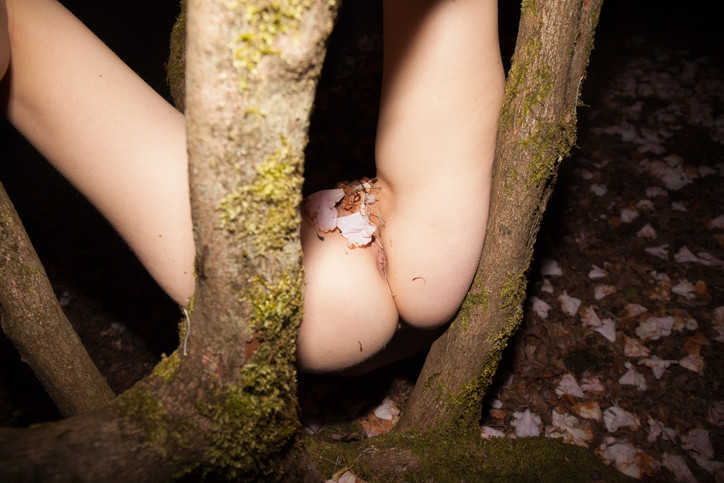
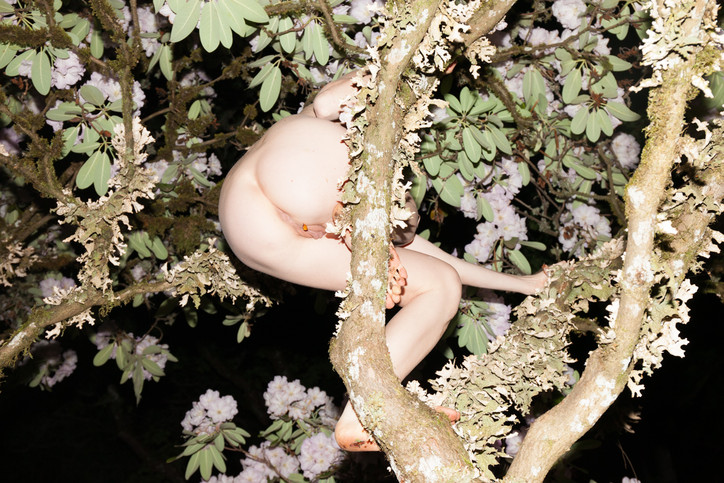
I can imagine that your work is often construed as sexual, approaching sex as the main theme… Do you relate to this? If not, how do you manifest what you are trying to say in your work through the images?
…In the self-portrait series I use nude female body in nature, and based on that it is seen as sexual. But that is just too square and shallow to see only that. It reveals way more than just nude body. In contrast with the rugged rocks or the soft deep moss where I can bury my whole face, in fallen dead flower leaves, I capture my body— often headless, face-less, entwined in trees, lost in it’s own being. It is my search for belonging, fight with displacement, way how to ease feelings off loss and emptiness after growing up surrounded by nature, but with disturbed childhood of alcoholic father who died two days before my 16th birthday. It is my way of dealing with such a loss, and finding how that defined me into who I am today.
Do you get uneasy when you are around people looking at your body so intimately in the images? How do you think this type of work and content has effected your ‘body-image’?
No, that doesn’t make me uneasy. I actually like to observe people’s reaction to my photos, I like to talk to them and hear what they have to say. I don’t photograph myself for the purpose of looking sexy as we are used to see in mainstream media. I am interested in the angle that is showing the female body in a raw, real and uncensored way.
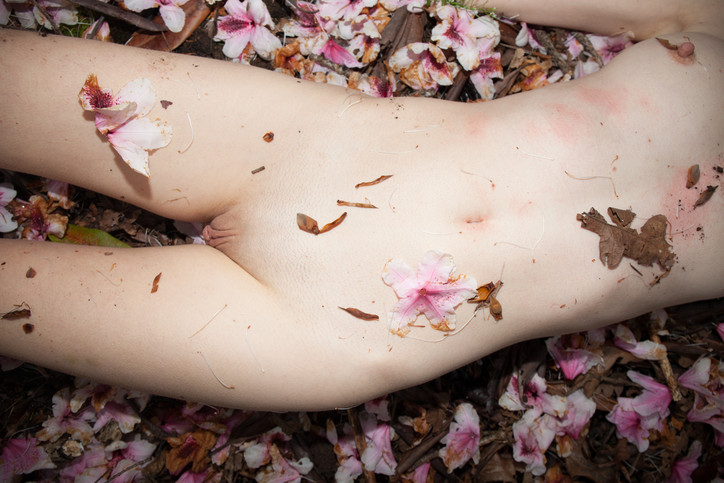
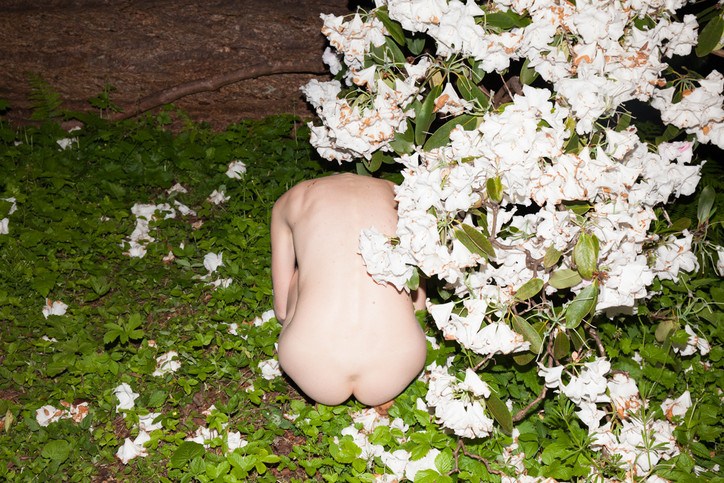
What camera do you use?
Canon 5d mark II that I bought used few years ago, and [a] Yashica T4, which I absolutely love and use mainly for my ongoing project of portraits of young kids around NYC.
What draws you to NYC?
So many things! I love the energy of the city, people who live here. I am thankful for all the amazing shows that one can see in museums and galleries, the diversity and madness of this city. I love the hectic and saturated lifestyle!
Do you miss growing up on a farm? What is your favorite memory of that? What is your least favorite…?
I miss my home and family but I don’t think I could live in my small town anymore. I love the memories of hot summer days and the sound of gentle breeze in the pine tree in front of my window. I miss walking home from a bar late at night and smelling the horses and goats when entering our driveway. It’s mainly the smells and little moments that I miss and of course, my mom. Seeing her only on digital screen through Skype is sometimes very hard for me.
What is your favorite place to find clothing in NYC?
My most favorite place where to find clothing is my boyfriend’s closet! I love to wear his stuff.
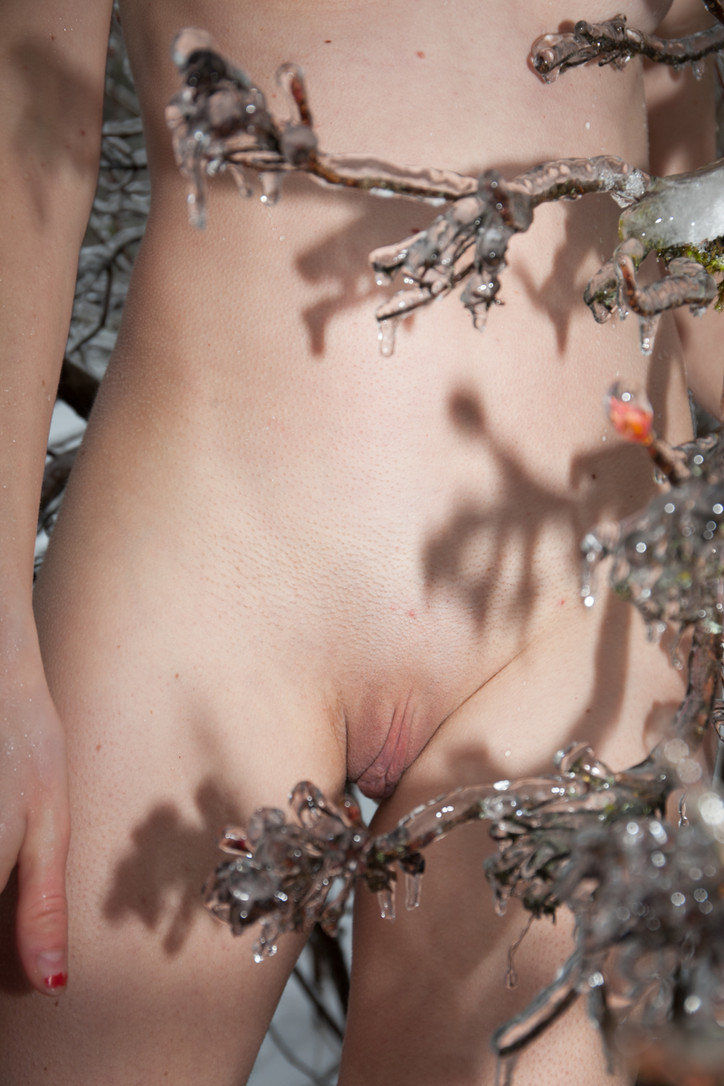
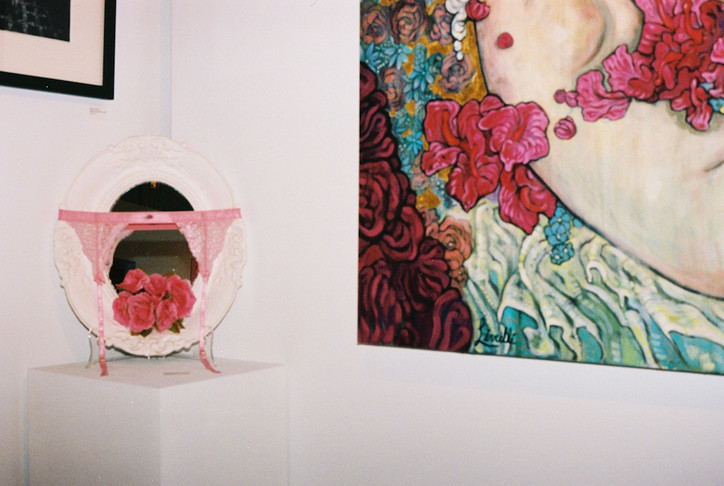
Using mediums ranging from film, sculpture, painting and photography to mixed media, curator Indira Cesarine has invited everyone from Betty Tompkins to Andrea Mary Marshall in coming together for a collection of cunt-centric and gender-bending work. The show utilises imagery to provide the cerebral fuel for instigating important conversations about how to (re)define ‘female’ in contemporary society, and the power and purpose that art holds in the constant fight for unified sexual freedom.
